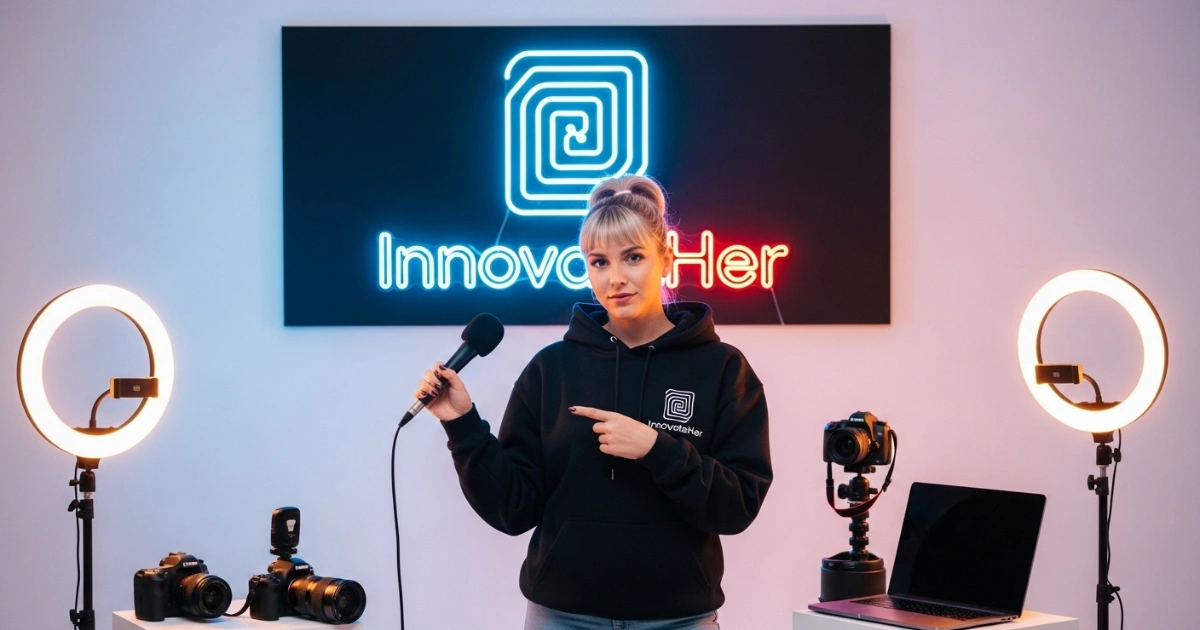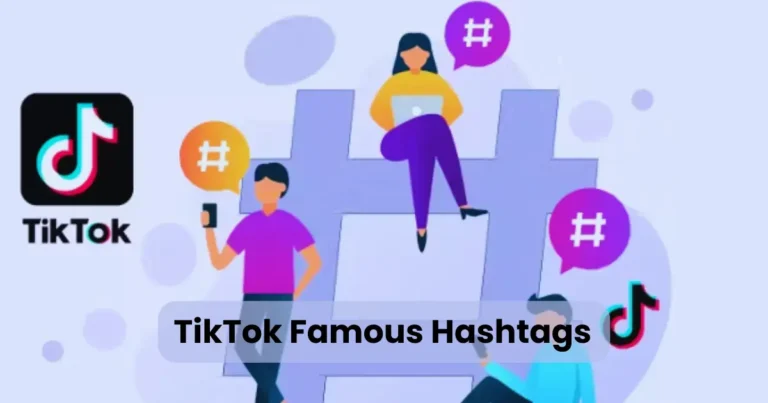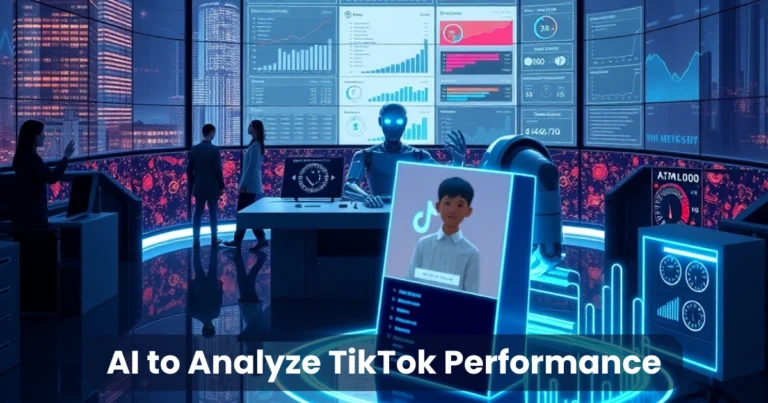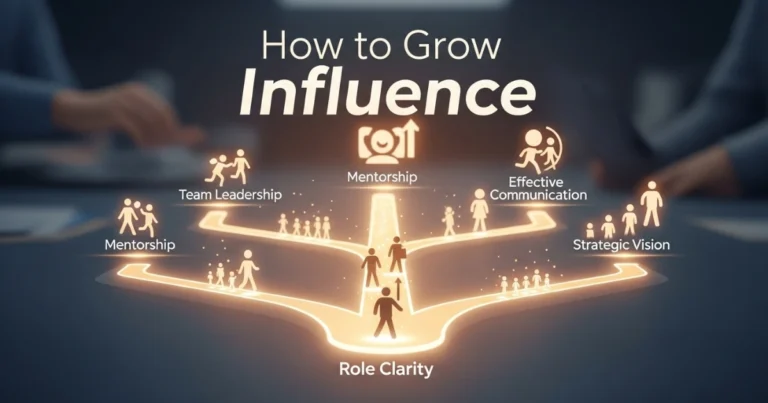Creator as Brand: Build Your Personal Brand in 2025

Contents
- 1 What Does “Creator as Brand” Mean?
- 2 Key Elements of Building a Creator as Brand
- 3 Monetizing Your Creator as Brand
- 4 Choosing the Right Platforms in 2025
- 5 SEO Strategies for Creators as Brands
- 6 Using Analytics to Grow Your Brand
- 7 Staying Ahead in 2025
- 8 Overcoming Challenges as a Creator as Brand
- 9 Getting Started as a Creator as Brand
In today’s digital age, the concept of creator as brand has transformed how individuals connect with audiences and build thriving online presences. Content creators, influencers, and entrepreneurs are no longer just individuals; they are powerful brands that shape trends, inspire communities, and drive revenue. With platforms like YouTube, TikTok, and Instagram evolving rapidly, establishing a personal brand is crucial for standing out. This article explores how to maximize your potential as a creator as brand, offering actionable strategies to build authenticity, engage audiences, and monetize your influence in 2025.
What Does “Creator as Brand” Mean?
The term creator as brand refers to an individual who leverages their unique identity, skills, and content to build a recognizable and marketable persona. Unlike traditional businesses, creators embody their brands, blending personal stories, expertise, and values to connect with audiences. For example, a fitness influencer isn’t just selling workout plans; they’re selling their lifestyle, credibility, and relatability.
Why does this matter? In 2025, consumers crave authenticity. Studies show that 88% of consumers prioritize authenticity when choosing brands to support. As a creator, your personal story and values become your brand’s foundation, setting you apart in a crowded digital space.
Transition: To understand how to succeed as a creator as brand, let’s dive into the key elements of building a personal brand.
Key Elements of Building a Creator as Brand

1. Define Your Unique Value Proposition
Your unique value proposition (UVP) is what makes you stand out. Ask yourself: What do I offer that no one else does? Whether it’s your expertise, humor, or storytelling style, your UVP should resonate with your target audience.
For instance, a travel vlogger might focus on budget-friendly adventures, while a tech creator could specialize in simplifying complex gadget reviews. To craft your UVP:
- Identify your niche (e.g., fitness, gaming, finance).
- Highlight your unique skills or perspective.
- Align your UVP with audience pain points or interests.
Transition: Once you’ve defined your UVP, it’s time to craft a consistent brand identity.
2. Create a Consistent Brand Identity
A strong brand identity builds trust and recognition. This includes your visual style, tone, and messaging. Consistency across platforms reinforces your creator as brand identity, making you instantly recognizable.
- Visual Branding: Use cohesive colors, fonts, and logos. For example, a beauty creator might use soft pastels to evoke elegance.
- Tone and Voice: Decide whether your tone is professional, playful, or inspirational. A finance creator might adopt a confident, approachable voice to demystify investing.
- Content Pillars: Focus on 3–5 core topics that align with your niche. A food creator might focus on recipes, kitchen hacks, and sustainability.
Transition: With a solid brand identity in place, engaging your audience becomes the next priority.
3. Engage Your Audience Authentically
Authenticity is the cornerstone of the creator as brand model. Audiences connect with real stories and genuine interactions. In 2025, engagement is more than likes and comments—it’s about fostering a community.
- Share Personal Stories: Relatable anecdotes build trust. A parenting creator sharing struggles with work-life balance can resonate deeply.
- Interact Actively: Respond to comments, host live Q&As, or create polls. Data shows that 70% of consumers feel more connected to brands that engage directly.
- Leverage Trends: Stay current with platform trends, like short-form video or immersive storytelling, to keep your content fresh.
Transition: Building a community is vital, but monetizing your brand unlocks long-term success.
Monetizing Your Creator as Brand
Turning your personal brand into a revenue stream requires strategy. Here are proven ways to monetize in 2025:

1. Sponsored Content and Partnerships
Brands increasingly partner with creators who have authentic audiences. To attract sponsorships:
- Build a media kit showcasing your audience demographics and engagement metrics.
- Pitch to brands that align with your niche. For example, a fitness creator might partner with activewear or supplement brands.
- Negotiate fair rates based on your reach and influence.
2. Digital Products and Services
Creators can sell digital products like eBooks, courses, or templates. A graphic design creator, for instance, could sell Canva templates or offer one-on-one coaching. In 2025, the global e-learning market is projected to reach $457 billion, making digital products a lucrative option.
3. Affiliate Marketing
Promote products and earn commissions through affiliate links. Choose products you genuinely use to maintain trust. A tech creator reviewing gadgets can include Amazon affiliate links, earning a percentage of each sale.
4. Memberships and Subscriptions
Platforms like Patreon and Substack allow creators to offer exclusive content for a monthly fee. A lifestyle creator might provide premium content like behind-the-scenes videos or personalized advice.
Transition: Monetization is exciting, but scaling your brand requires leveraging the right platforms.
Choosing the Right Platforms in 2025
Not all platforms suit every creator. Select platforms that align with your niche and audience preferences.

- YouTube: Ideal for long-form content like tutorials or vlogs. A cooking creator can share detailed recipes with high production value.
- TikTok/Instagram Reels: Perfect for short, engaging videos. A fashion creator can showcase quick outfit ideas.
- X Platform: Great for real-time engagement and thought leadership. A finance creator can share quick tips or join trending conversations.
- LinkedIn: Best for professional creators in niches like business or tech, offering thought leadership content.
Transition: With platforms chosen, optimizing your content for SEO ensures maximum visibility.
SEO Strategies for Creators as Brands
To maximize your reach as a creator as brand, SEO is essential. Here’s how to optimize your content:

1. Keyword Research
Use tools like Google Keyword Planner or Ahrefs to find low-competition, high-traffic keywords. For example, a travel creator might target “budget travel tips 2025” to attract searchers.
2. Optimize Content
- Titles and Headings: Include your main keyword (e.g., creator as brand) in titles and H2/H3 headings.
- Meta Descriptions: Write compelling meta descriptions under 150 characters to boost click-through rates.
- Internal Linking: Link to your other blog posts or videos to keep visitors on your site longer.
- Alt Text for Images: Use descriptive alt text with keywords for accessibility and SEO.
3. Create High-Quality Content
Search engines prioritize content that provides value. Write in-depth articles, like this one, that answer audience questions comprehensively. Aim for 3000–3500 words for long-form content, as studies show longer articles rank higher.
Transition: Beyond SEO, analytics help you refine your strategy and grow.
Using Analytics to Grow Your Brand
Analytics provide insights into what works and what doesn’t. Tools like Google Analytics, YouTube Studio, or Instagram Insights can track:
- Audience demographics (age, location, interests).
- Engagement metrics (likes, shares, comments).
- Traffic sources (search, social, direct).
For example, if a gaming creator notices high engagement on Twitch streams but low views on YouTube, they might focus more on live content. Adjust your strategy based on data to maximize impact.
Transition: As you grow, staying adaptable is key to long-term success.
Staying Ahead in 2025
The digital landscape evolves quickly. To thrive as a creator as brand:
- Embrace AI Tools: Use AI for content ideation, editing, or analytics. Tools like Canva or Jasper can streamline workflows.
- Explore Emerging Platforms: New platforms may gain traction in 2025. Stay open to experimenting with them.
- Prioritize Community: Build loyalty by consistently engaging with your audience and adapting to their needs.
Transition: Let’s address common challenges creators face.
Overcoming Challenges as a Creator as Brand

1. Burnout
Creating consistent content can be exhausting. Combat burnout by:
- Scheduling breaks and batching content creation.
- Outsourcing tasks like editing or graphic design.
- Setting realistic goals to avoid overextension.
2. Algorithm Changes
Platforms frequently update algorithms, affecting visibility. Diversify your presence across multiple platforms to reduce risk. For example, a creator relying solely on Instagram might lose reach if an algorithm prioritizes Reels over static posts.
3. Negative Feedback
Not everyone will love your content. Handle criticism by:
- Focusing on constructive feedback.
- Ignoring trolls and maintaining professionalism.
- Using feedback to improve your content.
Transition: Let’s wrap up with actionable steps to start your journey.
Getting Started as a Creator as Brand
Ready to build your personal brand? Follow these steps:
- Define Your Niche and UVP: Identify what makes you unique.
- Create a Content Plan: Schedule consistent posts across platforms.
- Invest in Quality: Use good equipment (e.g., a decent camera or mic) to enhance content quality.
- Engage Daily: Interact with your audience to build community.
- Track and Adapt: Use analytics to refine your strategy.
Conclusion
Becoming a creator as brand in 2025 is an exciting opportunity to turn your passion into a sustainable career. By defining your unique value, building a consistent identity, engaging authentically, and leveraging SEO and analytics, you can create a powerful personal brand. Start small, stay consistent, and adapt to trends to maximize your success. The digital world is waiting for your unique voice—embrace your journey as a creator as brand today!






